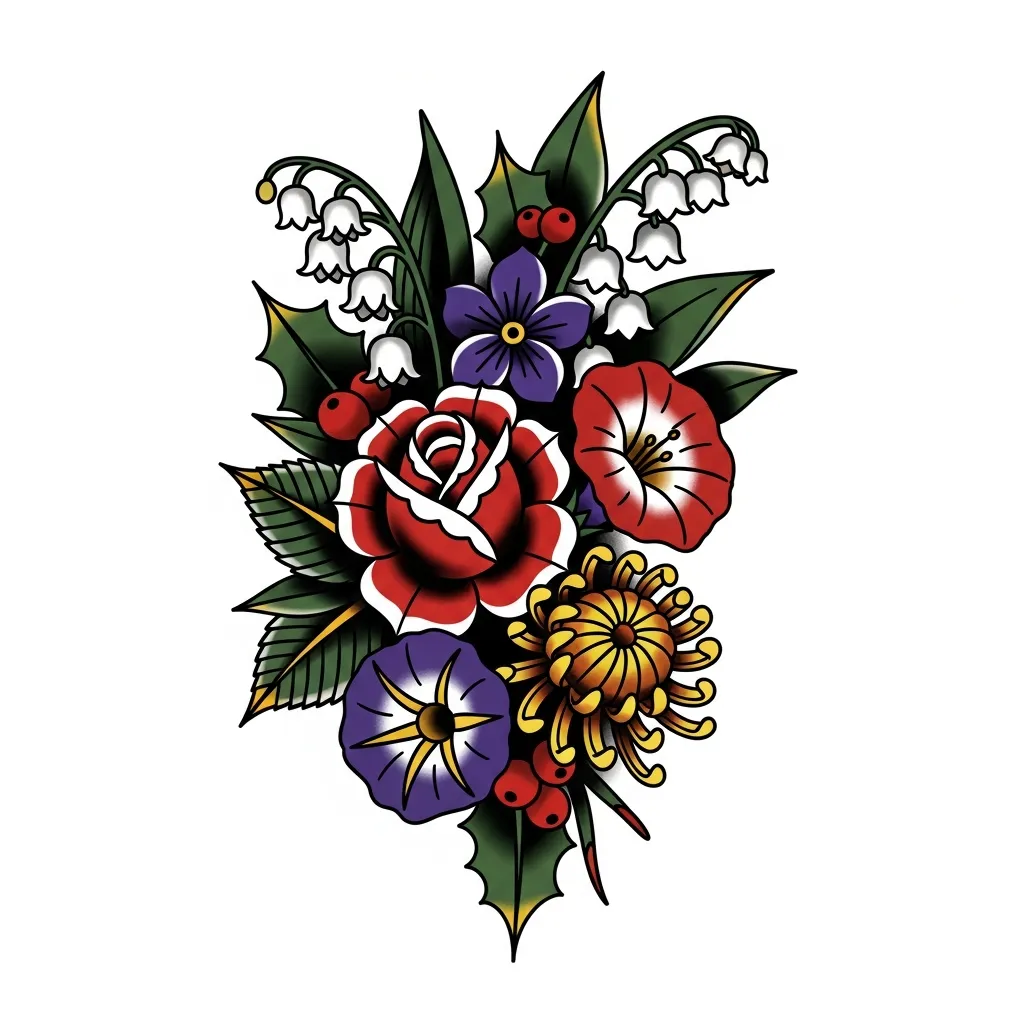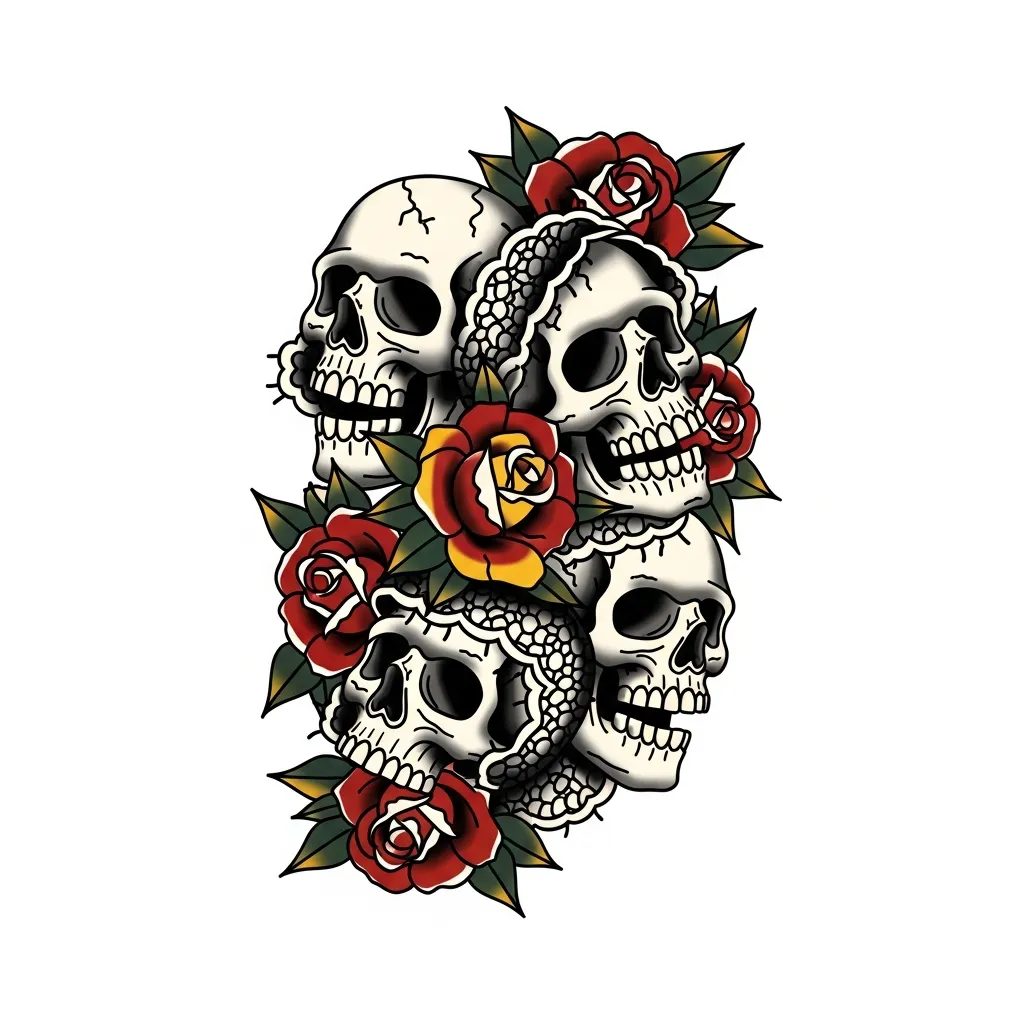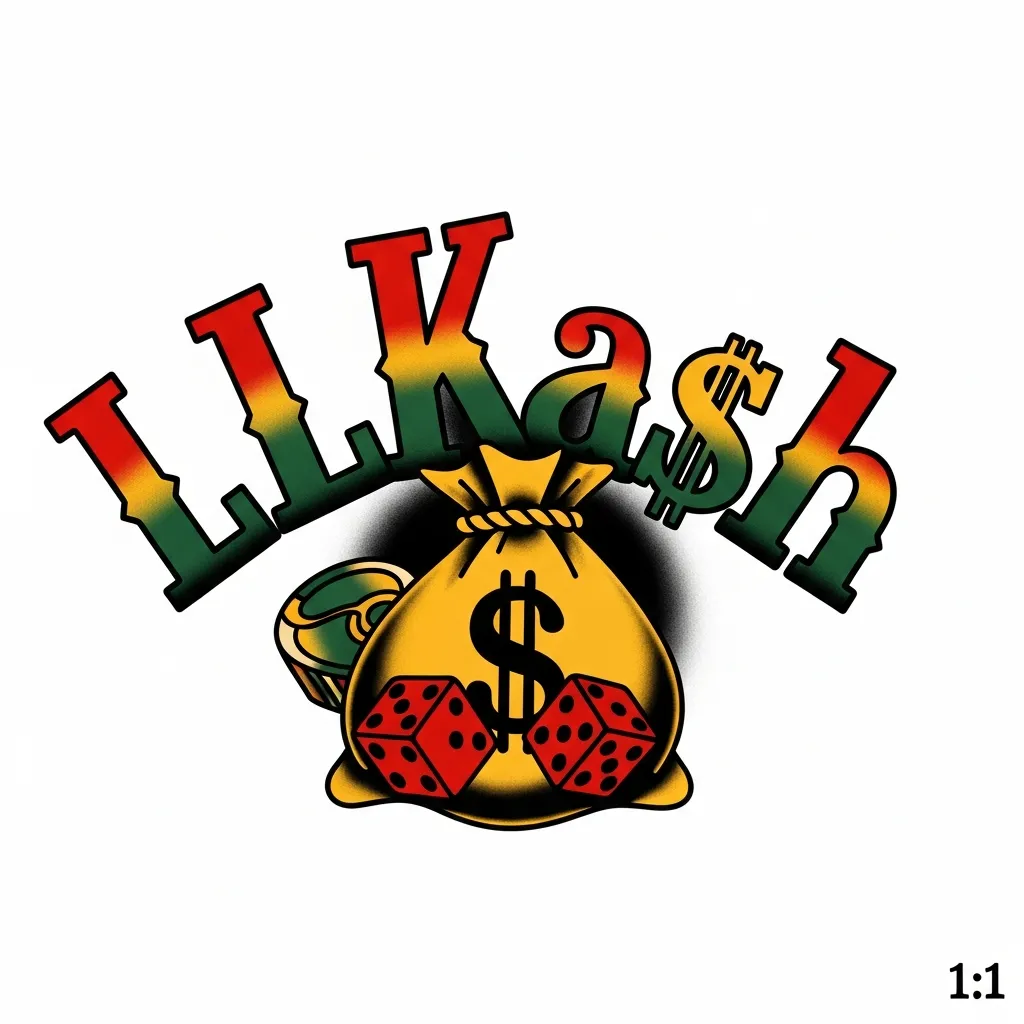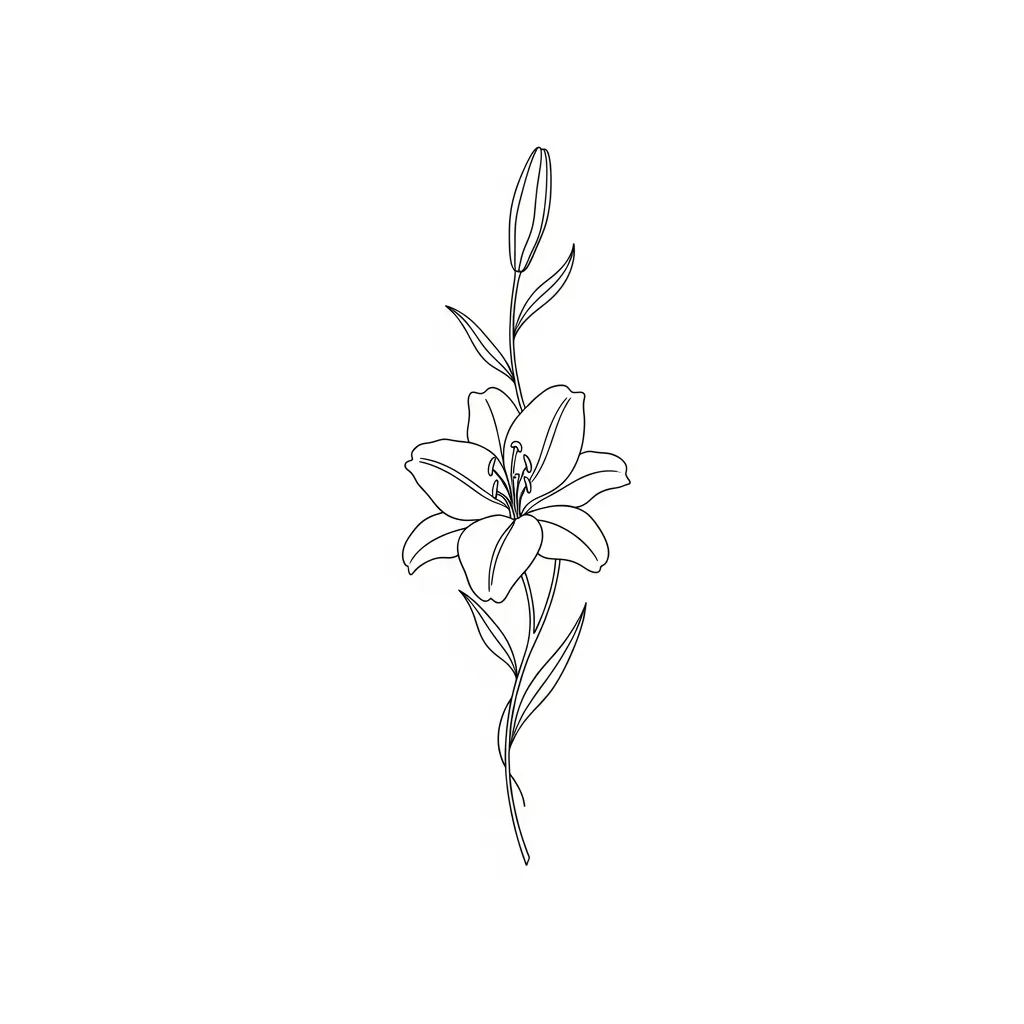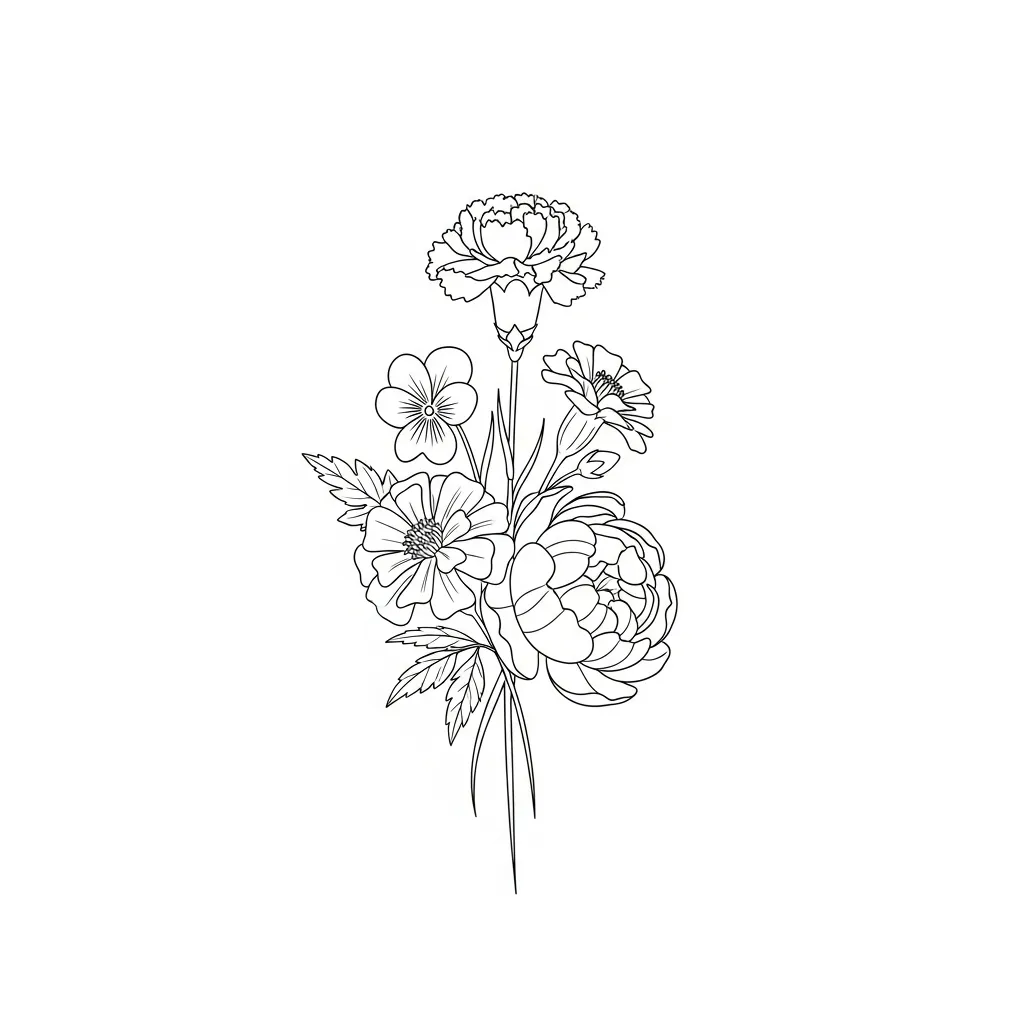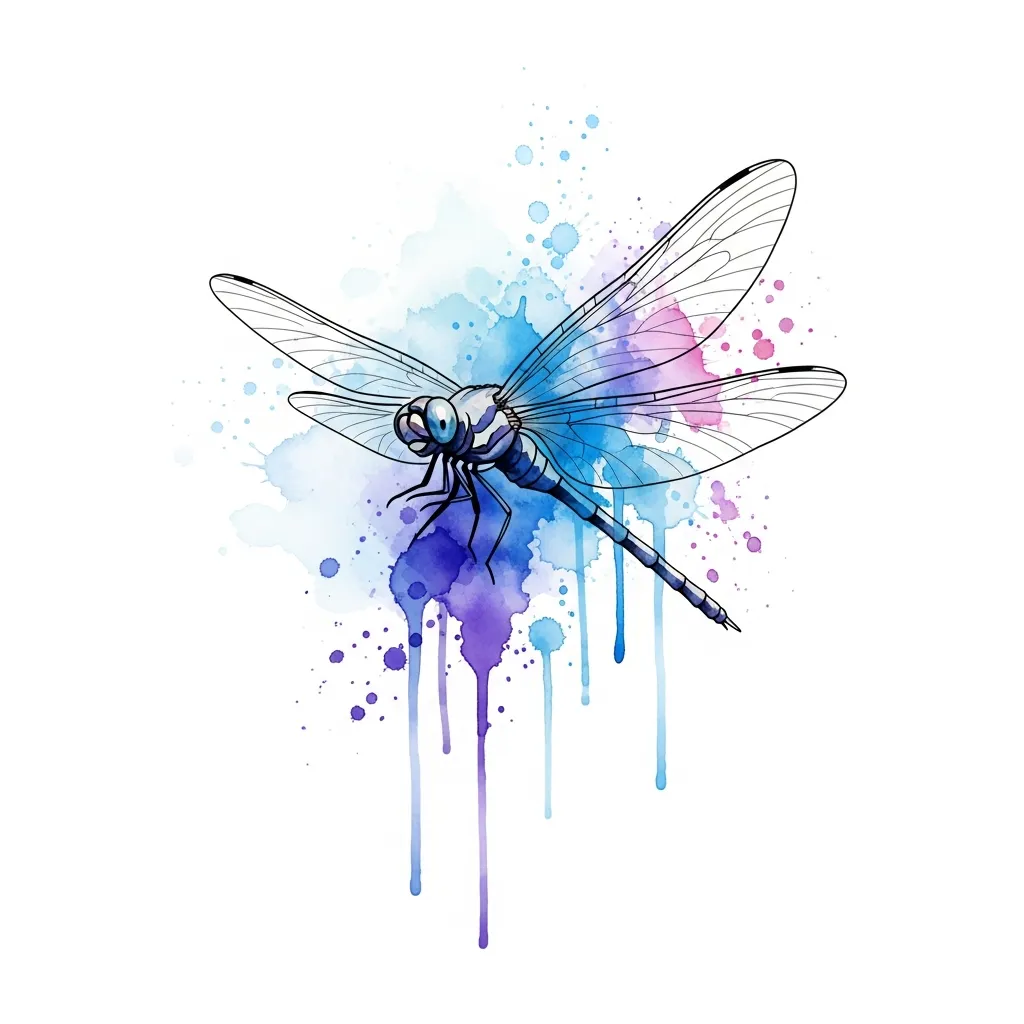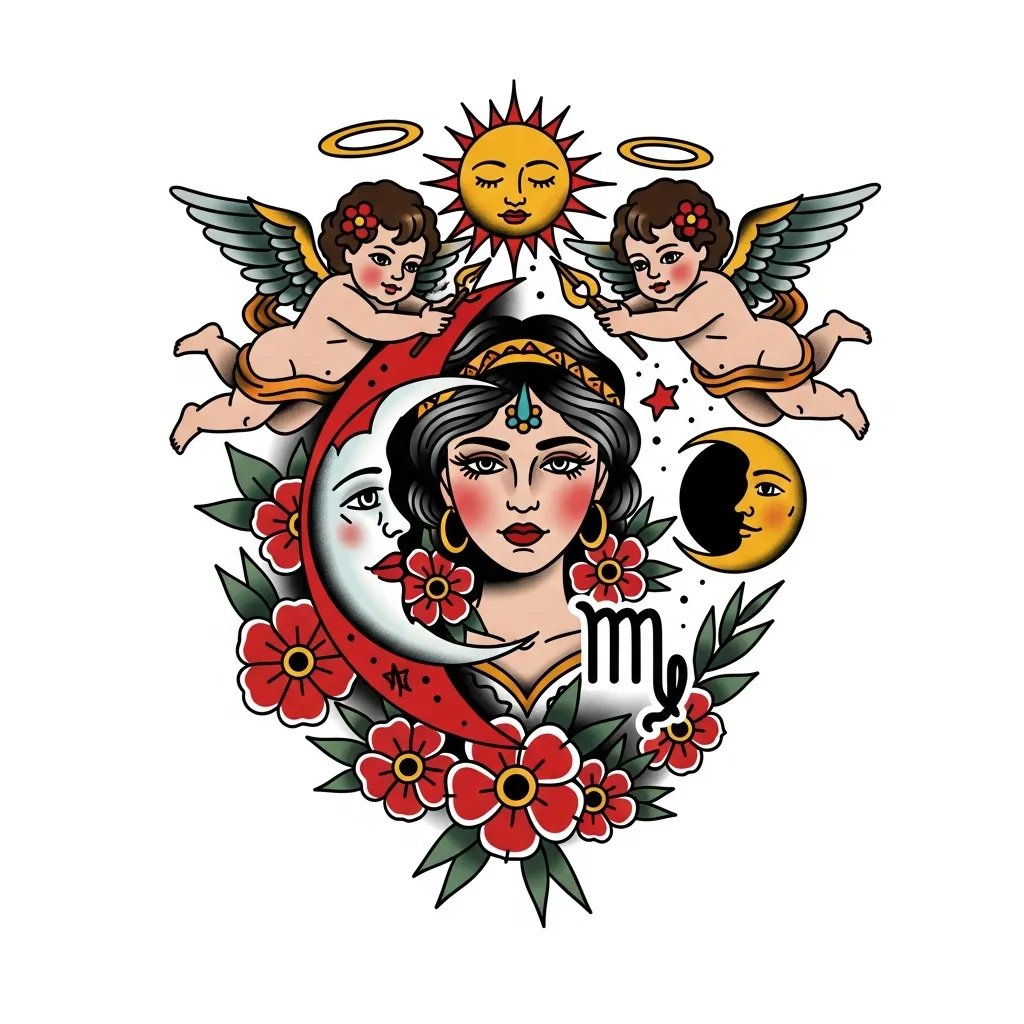Japanese Traditional Rose Tattoo Design
Explore this stunning Japanese traditional rose tattoo design. Perfect for those seeking floral tattoo ideas with a unique artistic style.
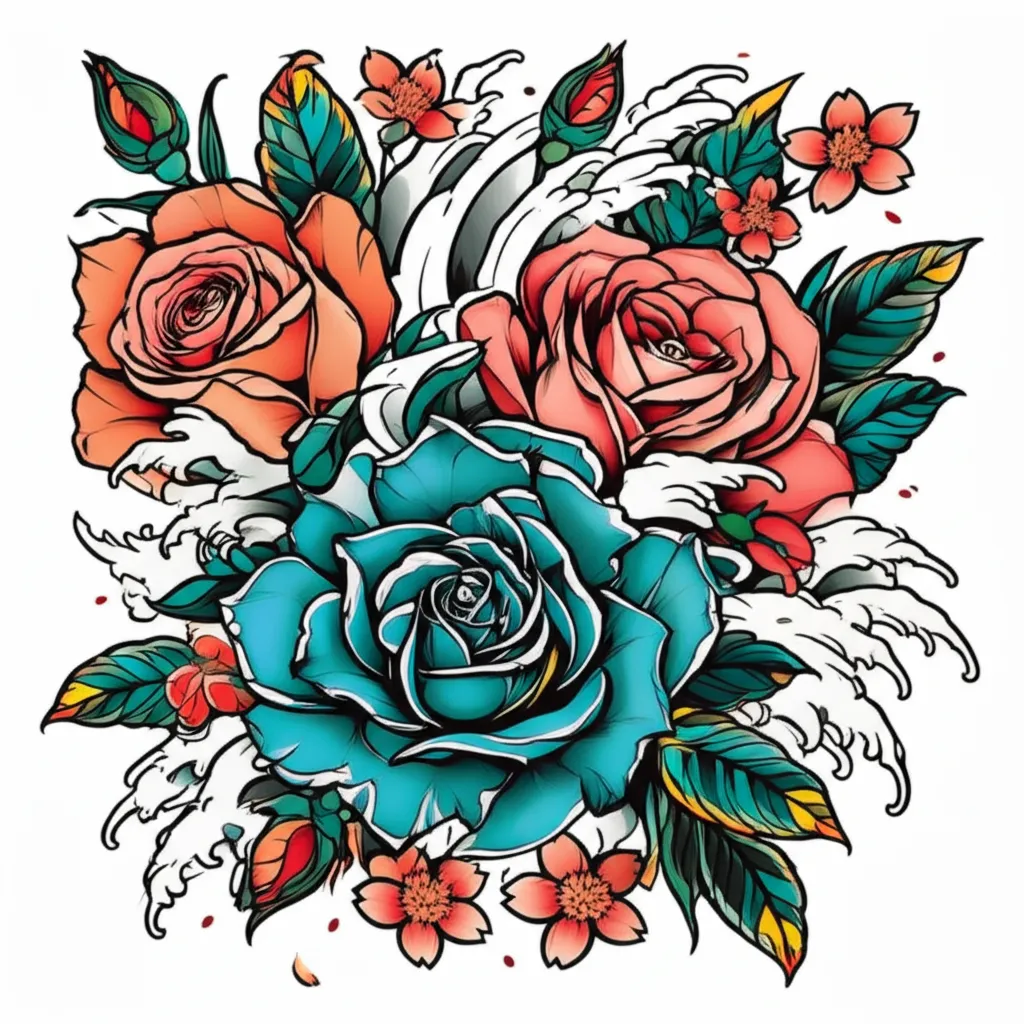
Japanese Traditional Rose Tattoo Design
Last Updated: 2025-10-07 21:30:08
Created by: Tattoo Enthusiast
Styles:
Temporary Tattoo Information
Price: 25 USD
Size: 10cm x 10cm
About This Tattoo Design
Japanese Traditional Rose Tattoo: A Timeless Classic
The Japanese traditional rose tattoo is a captivating blend of Eastern artistry and Western floral symbolism. Rooted in the rich history of Japanese tattooing, known as Irezumi, this design incorporates the bold lines, vibrant colors, and symbolic depth characteristic of the style. The rose, a symbol of love, beauty, and passion in many cultures, takes on a unique significance when rendered in the Japanese aesthetic.The Art of Irezumi: A Foundation of Tradition
Irezumi, the traditional Japanese style of tattooing, is more than just skin art; it's a narrative art form. Originating centuries ago, it was initially associated with firemen, who wore tattoos as a form of spiritual protection. Later, it became intertwined with the Yakuza, the Japanese mafia, who used elaborate tattoos to signify their status and allegiance. Today, while Irezumi still carries some of these historical connotations, it's widely appreciated as a distinct and respected art form, both in Japan and around the world.The Rose in Japanese Tattooing: A Symbol of Beauty and Impermanence
In Japanese culture, flowers hold deep symbolic meaning. The rose, while not traditionally a native Japanese flower, has been embraced in Irezumi for its universal appeal and adaptable symbolism. In the context of Japanese tattooing, the rose can represent love, beauty, and the fleeting nature of life. This concept of impermanence, known as 'mono no aware,' is a central theme in Japanese aesthetics, emphasizing the beauty in the transient nature of existence.Key Elements of a Japanese Traditional Rose Tattoo
A Japanese traditional rose tattoo is defined by several key characteristics:- Bold Outlines: Thick, dark outlines are a signature element of Irezumi, giving the tattoo a strong and defined appearance.
- Vibrant Colors: Rich, saturated colors are used to bring the rose and its surrounding elements to life. Common colors include reds, pinks, blues, and greens.
- Traditional Motifs: The rose is often paired with other traditional Japanese motifs, such as waves, clouds, wind bars and Foo Dogs, to create a cohesive and symbolic design.
- Composition and Flow: Japanese tattoos are carefully composed to flow with the natural contours of the body, creating a visually harmonious and dynamic piece of art.
Placement Ideas for Your Japanese Rose Tattoo
The placement of your Japanese rose tattoo is an important consideration, as it can impact the overall look and feel of the design. Popular placement options include:- Arm: A classic choice for showcasing the intricate details of the rose and its accompanying motifs.
- Forearm: Provides a visible and easily customizable canvas for a smaller or medium-sized rose tattoo.
- Shoulder: Allows for a larger, more elaborate design that can extend onto the upper arm or chest.
- Back: A grand canvas for a full-scale Japanese tattoo, incorporating the rose into a larger narrative scene.
Finding the Right Tattoo Artist
When seeking a Japanese traditional rose tattoo, it's crucial to find an artist who specializes in Irezumi and has a deep understanding of its history, techniques, and symbolism. Look for an artist with a strong portfolio of Japanese-style tattoos and a reputation for quality and attention to detail. A skilled artist will be able to work with you to create a custom design that reflects your personal style and preferences while staying true to the essence of Japanese traditional tattooing.The Enduring Appeal of the Japanese Rose Tattoo
The Japanese traditional rose tattoo is a timeless and captivating design that continues to resonate with tattoo enthusiasts around the world. Its blend of Eastern artistry, Western symbolism, and meticulous craftsmanship makes it a truly unique and meaningful form of self-expression. Whether you're drawn to its visual beauty, its rich history, or its profound symbolism, a Japanese rose tattoo is sure to be a cherished piece of art for years to come.The Symbolism of Roses in Tattoos
Roses have been a popular tattoo design for centuries, and their meaning can vary depending on the color and style of the tattoo. In general, roses represent love, beauty, and passion. Red roses are often associated with romantic love, while pink roses can represent gratitude and appreciation. White roses can symbolize purity and innocence, while yellow roses can represent friendship and joy. The number of roses in a tattoo can also have a symbolic meaning. For example, a single rose can represent a first love, while a bouquet of roses can represent a long-lasting relationship.The History of Japanese Tattoos
Japanese tattoos have a long and rich history, dating back to the Jomon period (10,000 BCE – 300 BCE). During this time, tattoos were used for spiritual and decorative purposes. In the Edo period (1603-1868), tattoos became more popular among the working class, who used them to express their individuality and social status. Tattoos were also used by criminals to mark them as outcasts. In the Meiji period (1868-1912), the Japanese government banned tattoos, but they remained popular in the underground. In the post-World War II era, tattoos were legalized again, and they have become increasingly popular in Japan and around the world.The Different Styles of Japanese Tattoos
There are many different styles of Japanese tattoos, each with its own unique characteristics. Some of the most popular styles include:- Irezumi: This is the traditional style of Japanese tattooing, which is characterized by its bold lines, vibrant colors, and intricate designs.
- Wabori: This is a more modern style of Japanese tattooing, which is characterized by its softer lines, muted colors, and more realistic designs.
- Tribal: This style of Japanese tattooing is inspired by the tribal tattoos of other cultures, such as the Maori and the Polynesian.
- Anime: This style of Japanese tattooing is inspired by the characters and designs from Japanese anime and manga.
The Best Placement for a Japanese Rose Tattoo
The best placement for a Japanese rose tattoo depends on the size and design of the tattoo, as well as the individual's personal preferences. Some popular placements for Japanese rose tattoos include:- The arm: This is a classic placement for tattoos, and it is a good choice for Japanese rose tattoos of all sizes.
- The back: This is a larger canvas that allows for more elaborate designs.
- The chest: This is a more intimate placement that is often chosen for smaller, more personal tattoos.
- The leg: This is a good choice for larger tattoos that extend down the leg.
The Cost of a Japanese Rose Tattoo
The cost of a Japanese rose tattoo depends on the size and complexity of the design, as well as the artist's experience and reputation. In general, you can expect to pay more for a larger, more elaborate tattoo. It is important to get a quote from several different artists before making a decision.The Aftercare for a Japanese Rose Tattoo
Proper aftercare is essential for ensuring that your Japanese rose tattoo heals properly. After getting your tattoo, your artist will apply a bandage. You should leave the bandage on for at least 24 hours. After removing the bandage, wash the tattoo with soap and water. Apply a thin layer of moisturizer to the tattoo several times a day. Avoid exposing the tattoo to direct sunlight or soaking it in water for extended periods of time. With proper aftercare, your Japanese rose tattoo will heal beautifully and last for many years to come.Ready to Create Your Perfect Tattoo?
Use our AI tattoo generator to bring your ideas to life.
Start Designing Now